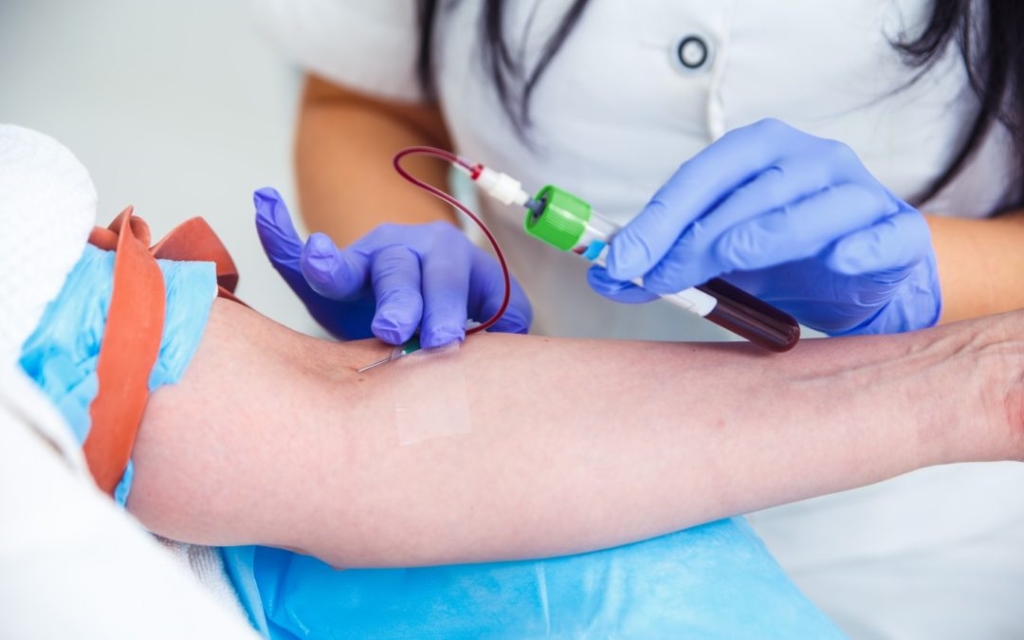How to Become a Certified Phlebotomist: Education, Training, and Career Tips
If you’re interested in pursuing a rewarding career in healthcare, becoming a certified phlebotomist is an excellent choice. Phlebotomists play a vital role in healthcare settings, collecting blood samples for tests, transfusions, donations, and research. This complete guide will walk you through the essential steps-covering education, training, certification, and practical tips-to help you turn your aspiration into a prosperous career.
Understanding the role of a Certified phlebotomist
Certified phlebotomists are skilled professionals trained in drawing blood safely and efficiently. They work in various settings such as hospitals, clinics, blood banks, and laboratories. Thier responsibilities include preparing patients, ensuring sterile techniques, labeling samples accurately, and maintaining safety protocols.
Why Pursue Certification as a Phlebotomist?
- Enhanced Employability: Certification improves your job prospects and demonstrates your proficiency.
- Increased Salary Potential: Certified professionals often earn higher wages.
- Professional Credibility: Certification from recognized organizations like the American Society for clinical Pathology (ASCP) or National Healthcareer Association (NHA) boosts credibility.
- Skills Validation: Certification confirms your competence and knowledge base.
Educational Requirements for Aspiring Phlebotomists
Most employers require at least a high school diploma or GED to start training as a phlebotomist. However, obtaining formal education or taking specialized courses can substantially improve your chances of certification and employment.
Key Education Components
- High School Diploma or Equivalent: Basic educational requirement.
- Phlebotomy Training Programs: Usually offered through community colleges, technical schools, or vocational institutes.
- Healthcare Knowledge: Understanding anatomy, physiology, and infection control.
Training and Certification Process
The path to becoming a certified phlebotomist involves completing a training program and obtaining certification from a recognized agency. Here’s a step-by-step overview:
step 1: Enroll in a Phlebotomy Training Program
Attend an accredited program that covers essential skills such as venipuncture, capillary puncture, blood collection safety, and patient interaction. training duration varies from a few weeks to several months.
Step 2: Gain Practical Experience
Most training programs include clinical practice hours, providing hands-on experience. This experience is crucial for building confidence and proficiency.
Step 3: Obtain Certification
While certification requirements vary by state, most employers prefer or require it. You can pursue certification through organizations such as:
- National Healthcareer Association (NHA)
- American Society for Clinical Pathology (ASCP)
- American Medical Technologists (AMT)
- national Phlebotomy Association (NPA)
Step 4: Pass the Certification Exam
certification exams typically test knowledge of blood collection techniques, safety protocols, and patient care. Prepare thoroughly using study guides and practice tests.
Step 5: Maintain Certification
Many certifying agencies require continuing education or re-certification every few years to keep your credentials current.
Crucial Certifications for Phlebotomists
| Certification Body | Eligibility Requirements | exam focus |
|---|---|---|
| National Healthcareer Association (NHA) | High school diploma & completion of training | Blood collection, safety, patient interaction |
| American Society for Clinical Pathology (ASCP) | Training + clinical experience | Venipuncture, specimen handling |
| American Medical Technologists (AMT) | completion of training & work experience | Blood draws, lab safety |
Practical Tips for Aspiring Phlebotomists
- Choose Certified Programs: Ensure your training program is accredited and prepares you for certification.
- develop Good Interaction Skills: Handling anxious patients with empathy improves your effectiveness.
- Practice Proper Technique: Precision and sterile techniques reduce errors and patient discomfort.
- Stay updated: Keep current with new safety guidelines and procedures in healthcare.
- Network with Professionals: Join associations and attend workshops for career growth.
Case Studies: Success Stories of Certified Phlebotomists
Jane’s Journey: After completing a certified phlebotomy program and passing her certification exam, Jane secured a position at a major hospital. She credits her success to hands-on training and continuous learning.
Mike’s Experience: Mike transitioned from a different healthcare role into phlebotomy by obtaining certification through the NHA. His dedication and positive patient interactions led to quick career advancement.
First-Hand Experience: What Its like to Be a Certified Phlebotomist
Being a phlebotomist is a rewarding job that requires patience, precision, and compassion. From calming nervous patients to working in fast-paced environments, certified phlebotomists find fulfillment in helping people and contributing to vital healthcare services.
Additional Tips for a Successful Career as a Certified Phlebotomist
- maintain a professional appearance and attitude.
- Seek feedback and keep improving your skills.
- Explore specialization options such as pediatric or arterial blood collection.
- Consider advancing your career into leadership or laboratory technician roles.
Conclusion
Becoming a certified phlebotomist is a step toward a stable and fulfilling healthcare career. By focusing on proper education,rigorous training,and obtaining recognized certification,you can develop the skills necesary to succeed. Remember, continuous learning, professional advancement, and a compassionate approach are key to thriving in this vital healthcare role. Start your journey today and contribute to saving lives through accurate and safe blood collection practices!
